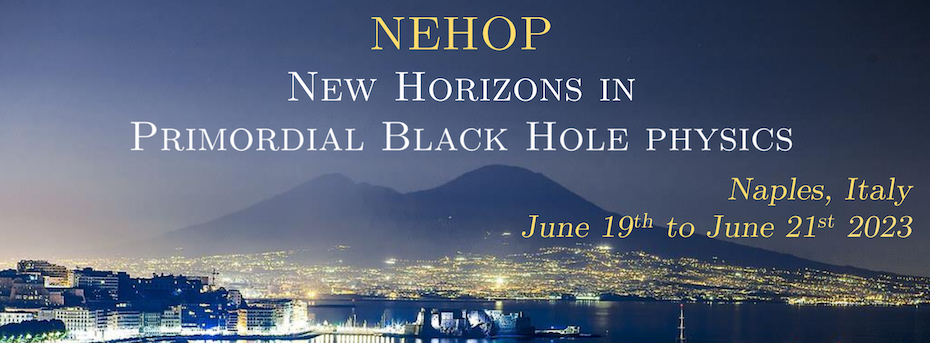Speaker
Description
I review the observational evidence for primordial black holes (PBHs) from a variety of lensing, dynamical, accretion and gravitational-wave effects. This is a shift from the usual emphasis on PBH constraints. Microlensing observations of stars and quasars suggest that PBHs of around 1 M⊙ could provide most of the dark matter in galactic halos and intergalactic space, especially if they have an extended mass spectrum. In this case, the Poisson fluctuations associated with the PBHs could generate the first bound objects at a much earlier epoch than in the standard cosmological scenario and this could explain the recent detection of high redshift ultra-faint dwarf galaxies. LIGO/Virgo observations of coalescing compact objects may provide evidence for PBHs, since they encompass the mass gaps not usually associated with stellar remants, but those dominating the detection rate have tens of solar masses and could only provide a small fraction of the dark matter. PBHs could explain various other observational conundra and sufficiently large ones could provide seeds for the supermassive black holes in galactic nuclei. even if their density is tiny. The strength of the evidence for PBHs is independent of any specific model for their formation. However, the sound-speed naturally undergoes a series of dips at around the QCD epoch and this motivates a scenario in which the PBH mass function exhibits a number of distinct bumps, allowing PBHs to play many of the roles discussed above.

